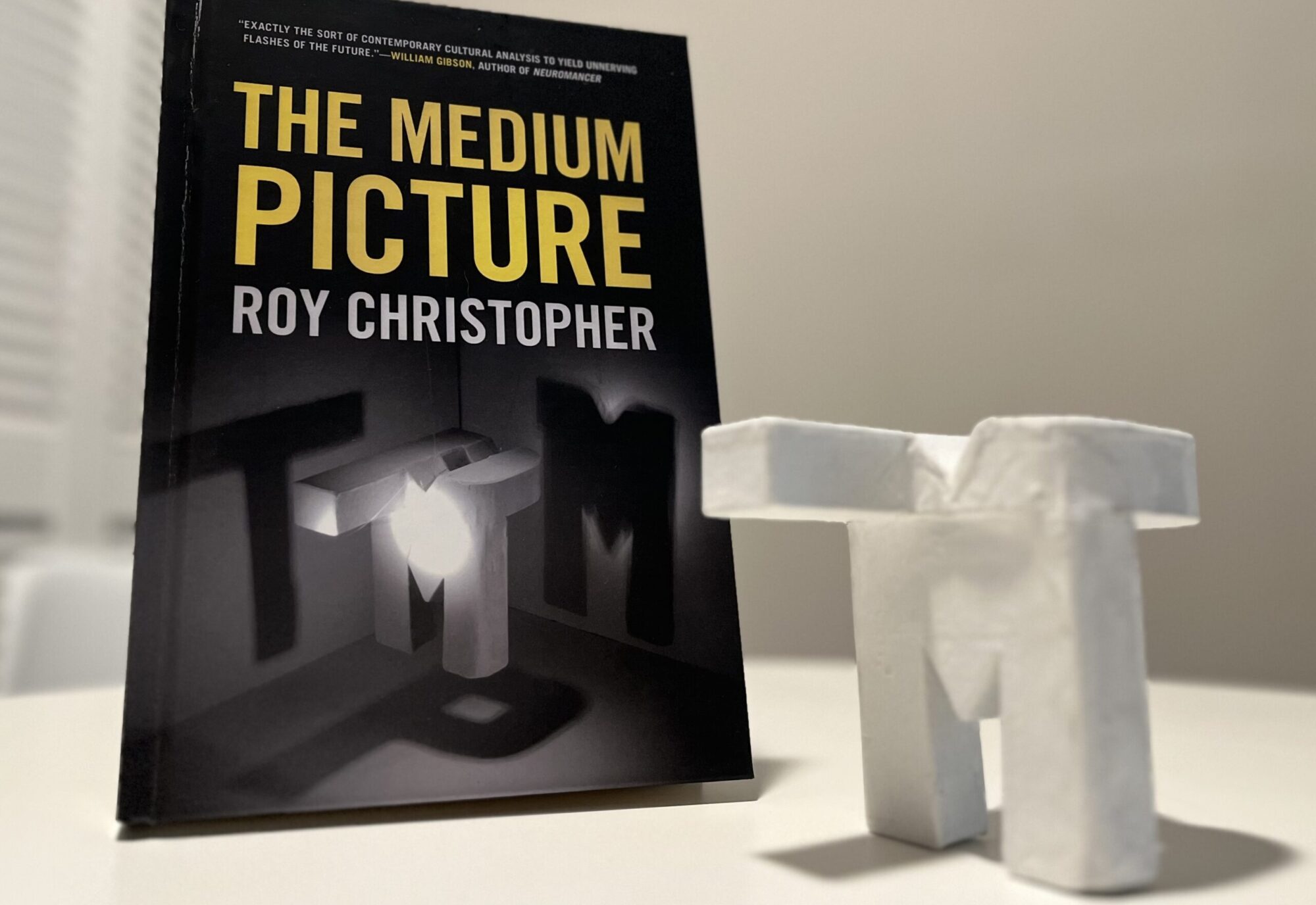When pressed about his motivation for painting in the documentary Style Wars (1982), graffiti artist Duster explained that the elder writers give you a name and tell you to see how big you can get it. After watching this movie again recently it struck me that branding and advertising are charged with similar motivation and similar challenges.
Companies develop — or hire other companies to develop — brand identities and campaigns. Logos, slogans, and thematic series of ads combine to sell products, brand recognition, and — eventually — brand loyalty. Graffiti tags have to be catchy, and they have to have good letters — letters that can be twisted up and together in wild style forms often only legible to other writers. Graffiti — and its corporate sanctioned sister art, advertising — are our modern day cave paintings. As Marshall McLuhan put it,
…ads are not intended to be seen but to produce an effect. The cave paintings were carefully hidden. They were a magic form, intended to affect events at a distance. They were of corporate, not private origin.
Brands and their logos are modern-day sigils intended to affect actions from afar. Their effects are subliminal at best, nonexistent at worst. The ubiquity of advertising makes it invisible. It’s wallpaper. It’s cliché. It’s the Post-It Note that’s still on your monitor from months ago, signifying something long since past (thereby signifying nothing). That is why companies are trying everything they can think of to get our attention. In places where the spray can rules the walls, graffiti disappears as well. It’s just there, without effect. Unless you’re a graff writer (or 5-0), it’s just not directly a part of your world (not unlike the way that bus routes are invisible to drivers, but very much a part of the bus-rider’s daily life). It’s ambient imagery.
 In graffiti, one tries to get a name as big as one can, as many places as one can and in the dopest style. The name, the style, the aesthetics are not for anyone but members of the graffiti culture. This most public of art is not for the public. “Ours was a world where acknowledgment from ones peers was the singularly ultimate gratification,” explains graff legend Phase 2. “Never has there been an urgency to be accepted by the public or anyone else.”
In graffiti, one tries to get a name as big as one can, as many places as one can and in the dopest style. The name, the style, the aesthetics are not for anyone but members of the graffiti culture. This most public of art is not for the public. “Ours was a world where acknowledgment from ones peers was the singularly ultimate gratification,” explains graff legend Phase 2. “Never has there been an urgency to be accepted by the public or anyone else.”
Historically speakin, ’cause people be dissin
The first graffiti artists in the world were the Egyptians
Writing on the walls, mixing characters with letters
To tell the graphic story about their life, however
Today we do the same thing, with how we rap and draw
We call it hardcore, they call it breakin the law… — KRS-One, “Out for Fame”
As he often does, KRS is reaching a bit here, but he’s drawing a similar connection to McLuhan above. As Big Juss put it in the graffiti-themed Company Flow song, “Lune TNS” (his tag), if you “don’t understand, obviously this wasn’t made for you.”  Like Gladys Glover in the 1954 film, It Should Happen to You, where Gladys seeks fame at all cost, buying up billboards all over the city, graffiti artists and advertisers emblazon their names wherever eyeballs may light — the latter websites (yes, even this one) and hard drives. It’s all about building a name. Advertising is only effective at making brand impressions, and graffiti is written in code only decipherable by its practitioners. We live in what Michael Sorkin calls a theme park without a theme. The painted caves are all around us, their notes are noise with rarely received signals, barely residual effects. But finding the art in the blitz and watching it all unfold is some of the best fun one can have.
Like Gladys Glover in the 1954 film, It Should Happen to You, where Gladys seeks fame at all cost, buying up billboards all over the city, graffiti artists and advertisers emblazon their names wherever eyeballs may light — the latter websites (yes, even this one) and hard drives. It’s all about building a name. Advertising is only effective at making brand impressions, and graffiti is written in code only decipherable by its practitioners. We live in what Michael Sorkin calls a theme park without a theme. The painted caves are all around us, their notes are noise with rarely received signals, barely residual effects. But finding the art in the blitz and watching it all unfold is some of the best fun one can have.
Good luck to you, Gladys. I sure hope you make a name for yourself, if that’s what you want. — Pete Sheppard to Gladys Glover
Sources:
It Should Happen to You. Directed by George Cukor. Written by Garson Kanin. Hollywood, CA: Columbia Pictures Corporation, 1954.
KRS-One. “Out for Fame” from KRS-One. New York: Jive/RCA, 1995.
McLuhan, M. Culture is Our Business. New York: McGraw-Hill, 1970.
Phase 2. “Seeing Beyond The Vapors.” Rap Pages, 5.1 (February, 1996), 55.
Sorkin, M. Some Assembly Required. Minnesota: University of Minnesota Press, 2001.

